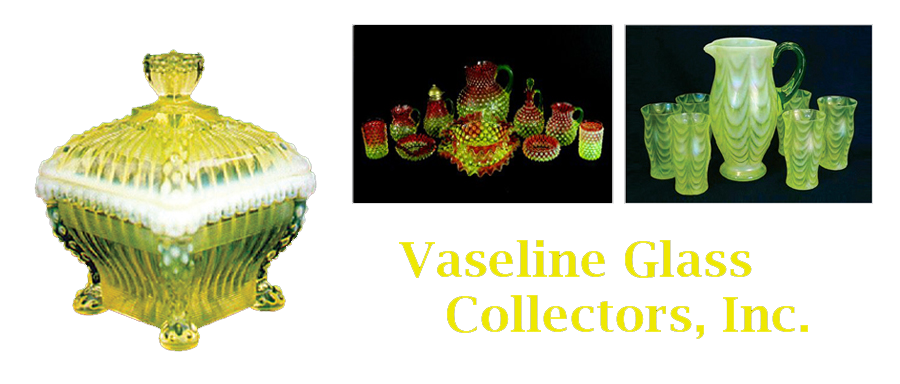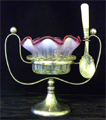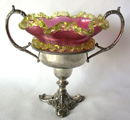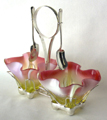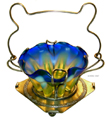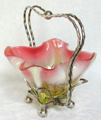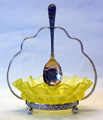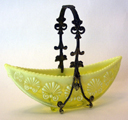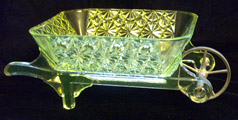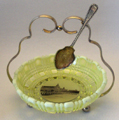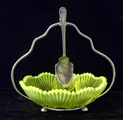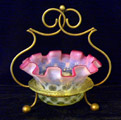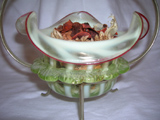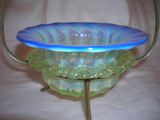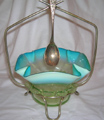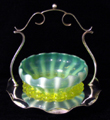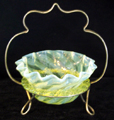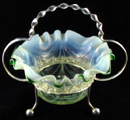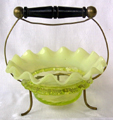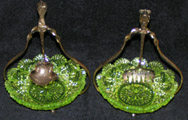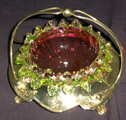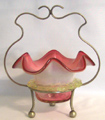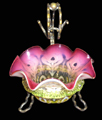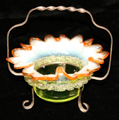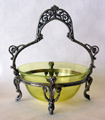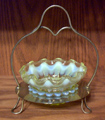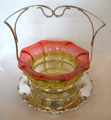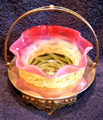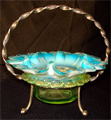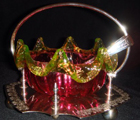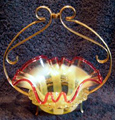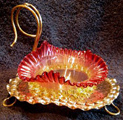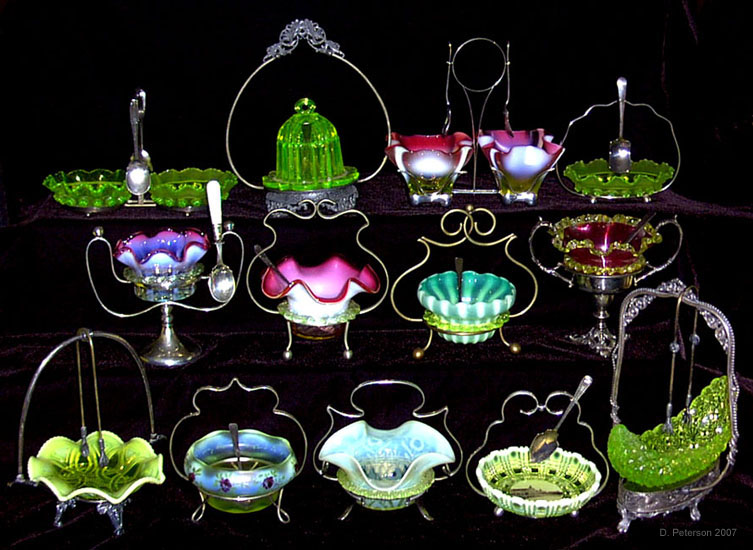
The Victorian Era was the beginning of the industrial revolution. People were still grouped into classes and one seldom left their level. The top level was the church and aristocracy, which included the royalty. The middle class (or bourgeoisie) were the doctors, lawyers, shop owners, engineers and other professionals. The bottom level was the working class (laborers) and the poor (those on charity). This was a period of change in both industrialization and scientific discoveries. Because of industrialization, the middle class began to gain in their financial worth, and this had an effect on fashions, manners, and other aspects of day-to-day living. The middle class wanted to show that they too had ‘good taste’ in their homes, furnishings, fashions, and general décor. The homes were furnished lavishly and very proper, emulating those from the next higher social class. This created a market for a variety of things (including fancy art glass), and the glass factories were more than willing to ‘supply that demand’.
This page celebrates a small portion of the decorative arts during the Victorian Era, both in England and the United States.
Each small photo is a clickable link and can be expanded for a full page view. The glass shown on this page is not for sale.
Some of the glass are double marmalades/jelly dishes, some are single, some are pressed, most are blown. ALL of the dishes shown here are made of at least a portion of vaseline glass. (There were all kinds and sorts of dishes made in a variety of colors, but this page focuses only on pieces containing uranium glass). We hope you enjoy the view! The two catalog illustrations shown in the banner (above) were from a James Tufts catalog during this time period. Tufts was an American, and he purchased glass from the makers and then sold the silver-plate and glass items to the buying public. It is not known if the English glass makers purchased the frames from a metalworker and sold the combined pieces, or if it was the silversmiths that bought the glass and marketed the combined pieces.
